Early European Explorations of America
Part 1
The european exploration of North America was as tumultuous as it was fascinating. According to formal history it began in the late 1400s with the famous voyage by Christopher Columbus. Once the European explorers landed here, they shortly returned to Spain. This trip was just a scouting trip of sorts and an effort to look at what resources the land had available.
It is thought that the famous Spanish explorer Ponce de Leon was aboard Columbus’s second voyage to the New World in 1493. This may have inspired his later quest for the fountain of youth. In 1509, he was granted the right to explore what is now the state of Florida.
Anything he found there would be his as Columbus had not explored that particular area. He began his exploration and settlement of the area. After making several back and forth trips to Spain, he was eventually knighted and the lands he discovered were his own. He had established thriving colonies there, and had relatively good relations with the native tribes for many years.
Yet, it would be the French, in 1524, who would find real value for trade in the land. In that year, they discovered what is now New York Bay. While English settlers would come at the turn of the next century, it was the French who began to establish relations with Native American tribes as they began to explore the area up and down the Hudson River.
Jacques Cartier, particularly, was instrumental in establishing for trade with the local Native Americans. He explored the area beginning with the year 1536. During his travels, he navigated the St. Lawrence River and noted that the Native Americans had plenty of beaver fur that could be used for making hats and coats that were so popular during that time.
Jacques Cartier
Later, in the year 1603, it would be Samuel de Champlain that would set up fur trading with the Native Americans. He established such a good rapport with the Algonquians that he regarded them as friends. He even sided with him when the Iroquois came to attack, giving them guns to help them in the fight. This meant that the Iroquois would regard the French as an enemy from that point on. At the time, that did not matter too much. However, as the fur trade declined, this would prove to be disastrous for the French.
Samuel De Champlain
Part 2
Yet, for the better part of three decades, the native Americans and French would enjoy an amicable relationship and built a thriving fur trade industry. This would be important to other European explorers as the French relationship with the Native Americans laid the foundation for a their own trade outposts.
For instance, the Dutch established a trading post in 1625 at Fort Orange. Here they would trade metal pots, glass beads, and iron ax heads for fur. Later, they established another thriving trade in New Amsterdam, which is now known as New York City. They actually convinced the Indians to sell the the area we know as Long Island. The Island was sold for a paltry $24. However, it is thought that the Native Americans misunderstood the terms of the agreement. In their eyes, land was “owned” by no-one. It was cultivated and regarded as a resource that they were entrusted to take care of.
 Fort Orange
Fort Orange
During the 1600s, English settlers and explorers also came to North America. Having established a colony previously that had been wiped out, they made an effort to establish a more permanent one.
Jamestown was established in 1607. As Capt. Newport return to England, Capt. John Smith was left in charge. Unbeknownst to them, he along with the 104 settlers that were left behind, would enter one of the most difficult times of anyone who had come to explore the new world. Lack of preparedness, and improper knowledge of planting and harvesting, meant starvation and famine would wipe out close to 80% of the settlers within the first three years. That number includes new arrivals that frequently came over to join the settlement effort. Most of them died from diseases like malaria. Many Native Americans also died during this time as well. They were either killed in skirmishes with the settlers, or fell prey to European diseases that their bodies could not handle.
Jamestown
As more settlers arrived, tobacco became king and Native American lands that were used for hunting, were taken over to meet the demands of production. As expected, the Indian tribes fought back. This would mark the end of any sort of peaceful relations between the English settlers and Native Americans. Broken trust, and deceit, played a major role in the tensions that developed between the two groups.
Part 3
By the mid-1650s, Great Britain had established a dominant presence along the Atlantic coast with it’s established, thriving, 13 colonies. As exploration continued, the French and Spanish would head westward, claiming land for each country respectively, effectively eliminating any Indian population to be found. Many of these tribes were taken in as slaves, and sold at trading post along the way. This would prove problematic for Americans settlers later, as they attempted to regain trust during the mid- 1700s in an effort to expand and settle the entire region. As it happened, that responsibility would fall squarely on the shoulders of two wilderness experts, Lewis and Clark.
“L&C” as we affectionately call Lewis and Clark in Montana
By the time Lewis and Clark were commissioned to explore the western wilderness, we were established as a nation. Even so though, exploration was still a bit incomplete. The Lewis and Clark expedition was a quest to do two things, create diplomatic relations with the local Indian tribes, and gather as much information about the different Native American tribes that were scattered throughout the region. As it turns out, they made contact with 55 unique native cultural groups. Some of these were peaceful and actually helps them on their way when they were starving or misguided. Others, such as the Blackfeet and Lakota Indians were quite hostile to the expedition. Even so, there were others such as the Hidatsa, Mandan, and Nez Perce established alliances with the expedition that were still in good standing some 200 years later.
Part of the reason the expedition was so successful was to to the fact that there were six people who were either all or part American Indian on the expedition staff. These individuals were instrumental in communicating with the tribes since there were more than 300 distinct languages in existence at that time in North America.
During the expedition, they uncovered some surprising facts about the Indians. For instance, the nez Perce Indians were superior horse breeders. In fact, they are credited with the development of what we know today as the Appaloosa breed. This is due to the fact that the Spanish introduced horses to the Indians at the end of the 16th century. Horses took the Indians out of the agricultural, gathering phase, and swiftly ushered them into a thriving hunting phase. Buffalo were easily run down, now, with the aid of horses. These are the types of wonderful discoveries Lewis and Clark made during their expedition.
Nes Perce warriors and war horses
Yet, what Lewis and Clark thought to be a quest of diplomacy, the Indians later regarded as the beginning of the westward invasion of their homelands. Even so, during the expedition, many great relationships were forced with Indian tribes that still exist to this day. In fact, it is said that Benjamin Franklin drew inspiration for for democracy by observing the practice of the six Nations, an alliance consisting of the Mohawk, Oneida, Seneca, Onondaga, Cayuga, and Tuscarora Indian Nations. The Native Americans furthermore gave us agricultural cultivation techniques for tobacco, sweet potatoes, pumpkins, tomatoes, and the like. This, along with their idea of democracy which was quite different from ancient European city states, would carry over into the development of our nation.
©2015GreatRiverArts.com
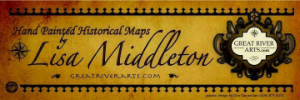


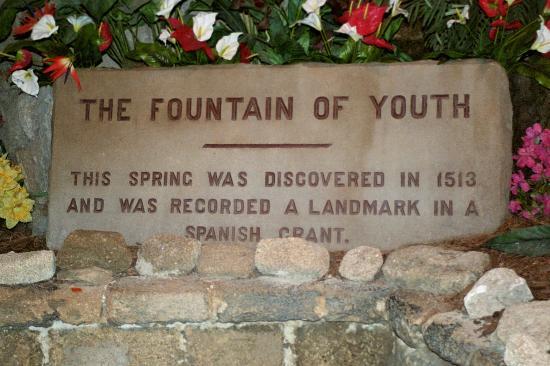

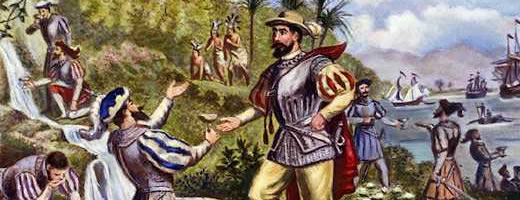


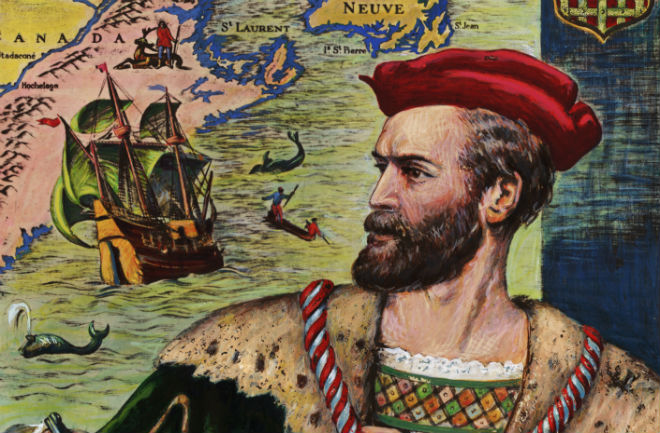

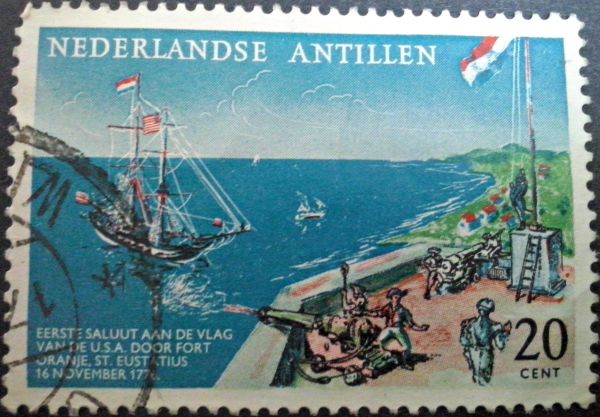


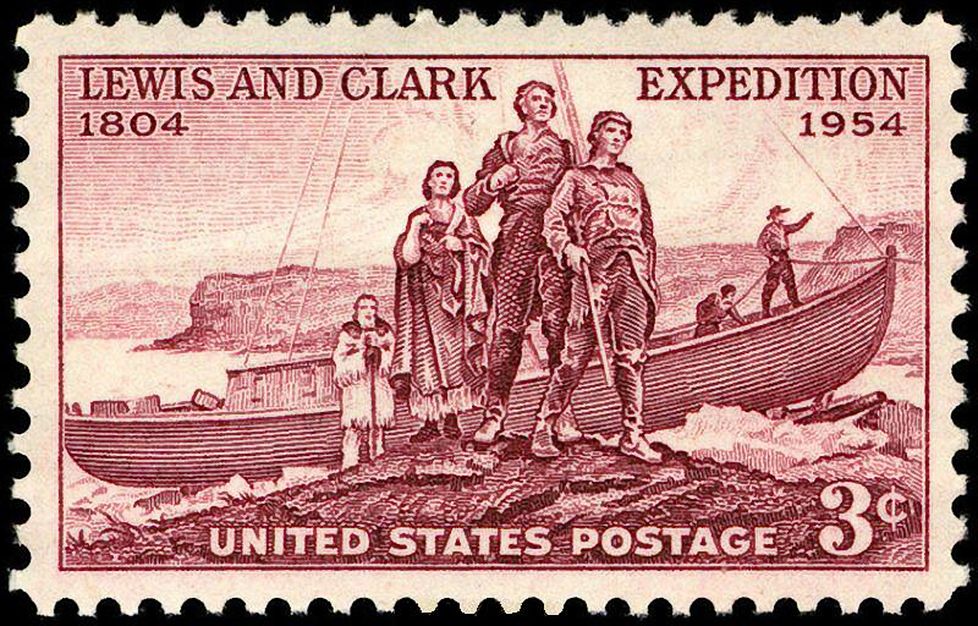
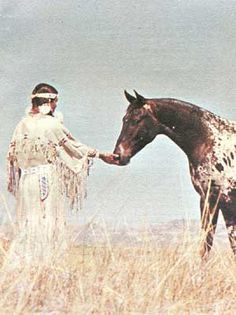
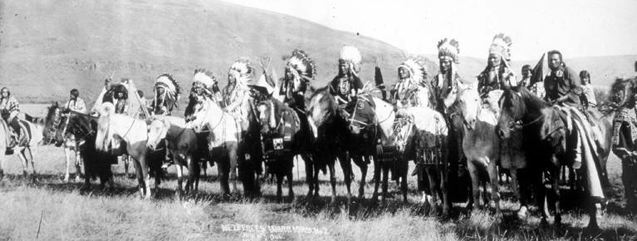
No comments yet.